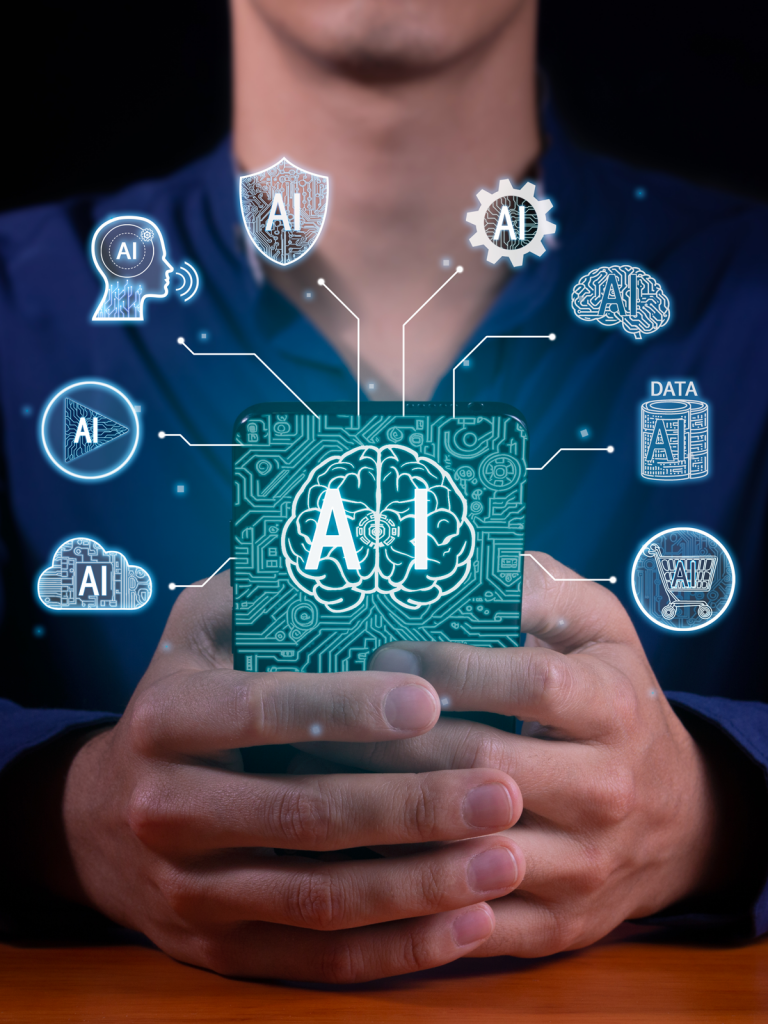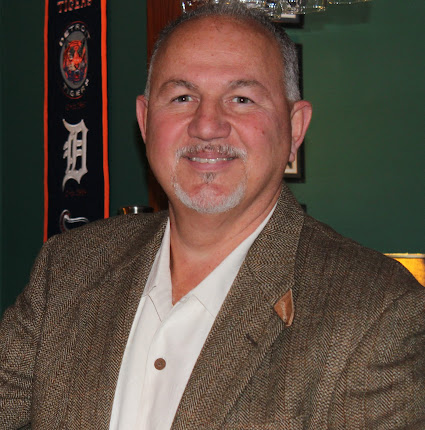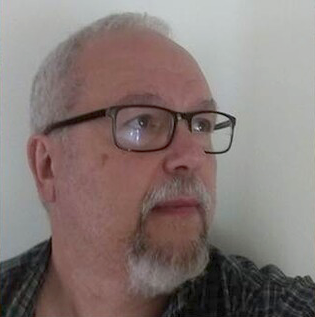(Adapted from a Script for The DreamForge Channel)
By Scot Noel
At least eight human species have gone extinct before us: Homo habilis, erectus, heidelbergensis, neanderthalensis, rhodesiensis, floresiensis, luzonensis, naledi, and the Denisovans. When will it be our turn?
Modern humans, that is “Homo sapiens” seems to have been around for about 315,000 years, with some of the oldest remains uncovered in 2017 in Morocco. Meanwhile, our cousin species, the Neanderthals, have been found to have existed for about 350,000 years.
So, as a mammal and a human species, natural evidence suggests we have somewhere between 35,000 and 685,000 years to go!
Of course, we have big brains and big bombs, and you might not be mistaken to think that, when it comes to Homo sapiens, all previous rules are out the window. Unlike every other species on Earth, even our extinct cousins, I’m pretty sure we get to pick our own fate. Let’s take a look at 5 possible extinctions, ones that aren’t quite the end of everything.
Extinction One – Genetic Modifications
On December 8, 2023 the U.S. Food and Drug Administration approved the world’s first CRISPR/Cas9 gene-editing therapy. The treatment, called Casgevy, targets sickle cell disease by helping patients produce healthy hemoglobin. Another gene editing therapy for children with Duchenne muscular dystrophy was approved earlier in the year.
If you’re reading this, you probably have a basic idea of CRISPR genome editing technology. It is a method for altering the DNA of organisms in a precise and targeted manner. It uses a system originally found in bacteria, which includes a molecule called CRISPR (Clustered Regularly Interspaced Short Palindromic Repeats) and a protein like Cas9.
This system can be programmed to find a specific sequence in an organism’s DNA and then cut the DNA at that precise spot, allowing scientists to add, remove, or replace genetic material, thus enabling precise genetic modifications.
To make a new species, the changes would have to be heritable. Are they? I think the answer is — they are if they are designed to be so, and sometimes even if they’re not.
Non-heritable CRISPR editing involves making genetic changes that are isolated to certain tissues and are not passed down to future generations. I think most of the current work in CRISPR is being done in this area. But controversy on heritable changes extends worldwide.
In some countries, germline gene editing is banned, in others it is not so tightly regulated.
As the science of human genetic modification advances, there will be both forces pushing for “designer babies,” those with selected traits, such as gender, appearance, intelligence, or disease resistance, and the simple elimination of suffering in babies diagnosed with debilitating genetic defects.
Given time, and remember — these technologies will advance and extend for many centuries and millennia to come — both intended and unintended genetic changes may spread and compile over time until the species we are today is extinct and Homo Novus supplants us.
Extinction Two – Cybernetics, Nanotechnology, and the Human Network
There are a variety of ways in which humans are becoming more artificial and cybernetic. Simple mechanical enhancements include things like pacemakers, dental and cochlear implants, insulin pumps, and artificial lenses.
Today, some humans have had their lives improved with advanced prosthetic limbs, medical exoskeletons, and deep brain stimulators. The near future should offer artificial pancreas systems, synthetic trachea, and lab grown organs.
Going from the big to the small, medical nanotechnology (the manipulation of materials at the scale of nanometers (one-billionth of a meter) is also progressing.
Microscopic materials and devices are used to deliver drugs directly to diseased cells, or to improve the sensitivity and precision of diagnostic imaging, like in MRIs. Nanomaterials can mimic the structure of biological tissues, making them useful in regenerative medicine. This includes developing new therapies for repairing damaged tissues and organs, potentially revolutionizing the treatment of various diseases and injuries.
In a future where nanotechnology continues to advance, humans could integrate nanobots into their bodies to enhance their abilities, repair damage, fight diseases, and possibly even halt aging.
These nanobots could eventually become so integrated with human biology that they would alter the human organism at a fundamental level, leading to a form of life that is a blend of organic and machine. This new form of existence would be characterized by a seamless integration of biological and nanotechnological components, potentially leading to abilities and forms of consciousness far beyond what is currently possible for humans.
While none of these medical or network upgrades would directly cause extinction, I can see where they would create a last common ancestor scenario. Over time, upgraded humans and organic humans might split into two distinct civilizations, with the upgraded species having the best chance at long-term survival.
Extinction Three – Dispersion Throughout the Solar System
While you may not be packing your bags to move to asteroid 16 Psyche any time soon, it seems pretty certain that in the centuries ahead humans will be setting up hearth and home far from the green fields of Earth.
It’s more than Mars. Humans may well settle the Moon, the clouds of Venus, the interior of asteroids, giant rotating habitats called O’Neill Cylinders, and perhaps eventually build a Dyson Sphere around the sun. As they do this, and as generation after generation build on early footholds away from Earth, humans may have some evolving to do.
In some places, our skin and eyes might evolve or be medically altered to withstand different radiation levels and atmospheric conditions. Lower gravity could lead to taller, more slender human physiques over generations, with less muscle and bone density. Prolonged life in controlled environments could lead to weakened immune systems, as exposure to varied pathogens would be limited. Without natural light, circadian rhythms and vision could adapt uniquely.
The end result might be humans who could never comfortably return to Earth, or even adapt from one space borne environment to another easily. And as those populations increase, the fate of today’s original, ground-bound humans might be sealed. Ultimately, space will be where the opportunities are, and the populations of true Earthers are likely to dwindle over time.
Extinction Four – The Singularity
Another path to extinction is the possibility of humans simply becoming post-biological.
“The Singularity,” as envisioned by futurist Ray Kurzweil, is a transformative event anticipated to occur when artificial intelligence surpasses human intelligence and humans merge fundamentally with their own technology.
Kurzweil’s vision of the Singularity is underpinned by the Law of Accelerating Returns, which looks at technological progress, especially computing, as something that grows exponentially. This growth is not linear but accelerates as we build more advanced tools, which in turn facilitate even faster progress.
According to Kurzweil, once artificial intelligence reaches a point of human-like cognitive abilities, it will quickly surpass human intelligence due to its ability to self-improve at an unprecedented rate.
As these technologies accelerate, Kurzweil envisions a future where we enhance our bodies and minds with technology, leading to augmented abilities and prolonged lifespans. This could mean embedding nanobots in our brains to directly interface with computers or using advanced biotechnology to eradicate diseases and aging.
Another scenario offers the possible obsolescence of human biology. If machine intelligence offers greater efficiency, durability, and capabilities than organic brains, there might be a shift away from biological existence. Either humans could gradually merge with machines, or machine intelligence could simply outpace and replace biological forms, relegating humans to a lesser role or even leading to extinction.
For Homo sapiens, extinction might not be a cataclysmic event but a gradual evolution into something new – a post-human existence. This new form of existence could offer unimaginable benefits, such as eradication of disease, elimination of physical and mental limitations, and even immortality. However, it also poses significant risks, including loss of control over our destiny and the possibility of creating a superintelligent entity that doesn’t align with human values and ethics.
Extinction Five – Everything, Everywhere, All at Once
What do I think is the most likely of these to happen? That’s easy: everything, everywhere, all at once, including things we can’t and won’t see coming.
I think the future of Homo sapiens is one of extraordinary transformation. The integration of genetic modification, cybernetics, and nanotechnology, along with adaptation to diverse solar system environments, and Ray Kurzweil’s vision of The Singularity, will not be a singular event, but a multifaceted evolution, occurring simultaneously and in an interconnected manner.
The advances in CRISPR and other gene-editing technologies have opened the door to eradicating genetic diseases, enhancing physical and cognitive abilities, and even extending human lifespan. These capabilities are not just theoretical but are progressively becoming practical realities. As our understanding of the human genome deepens, we are likely to witness a deliberate, self-directed evolution of our species.
Simultaneously, the field of cybernetics and nanotechnology is advancing at an unprecedented pace. The integration of technology into the human body, through cybernetic implants and nanoscale devices, will enhance our physical and cognitive abilities. These technologies will not just be for repairing or replacing lost functions but will be used to augment our existing capabilities, blurring the lines between human and machine.
Furthermore, the concept of a telepathic human network, facilitated by advanced neural interfaces, is rapidly transitioning from science fiction to potential reality. Projects like Elon Musk’s Neuralink are indicative of a future where human thoughts and experiences can be shared instantaneously, creating a new form of communication and collective intelligence.
Adaptation to various environments in the solar system is another frontier. With the current pace of space exploration and colonization efforts, it’s conceivable that humans will modify themselves to better suit extraterrestrial habitats, be it on Mars, the Moon, or immense space habitats that will themselves be independent city states. This adaptation might include physiological changes to withstand different gravitational forces, radiation levels, and atmospheres.
Finally, we have Ray Kurzweil’s vision of The Singularity – where artificial intelligence surpasses human intelligence and humans merge with their advancing technologies. As AI integrates with human cognition, it will not only augment our intellectual abilities but also potentially lead us to question the very essence of what it means to be human.
In conclusion, these advancements are not isolated phenomena but are interlinked components of a broader evolutionary trajectory. They represent a collective leap towards a future where humanity transcends its biological limitations. It’s a scenario where everything changes, everywhere, all at once, redefining our species in ways we are just beginning to comprehend.
END
Reference Links for Further Study:
https://www.nature.com/articles/nature.2017.22114
https://www.britannica.com/science/extinction-biology
https://www.technologyreview.com/2023/01/09/1064867/engineered-organs-10-breakthrough-technologies-2023
https://www.pbs.org/newshour/science/u-s-scientists-fixing-genetic-defects-human-embryos-nervous
https://futurism.com/singularity-explain-it-to-me-like-im-5-years-old










